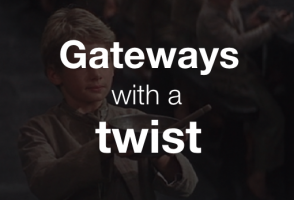You may have seen our press release recently announcing Aculab Cloud conformance with HIPAA and HITECH regulations. In that release, we stated that Aculab is able to enter into HIPAA Business Associate Agreements (BAA) with its Covered Entity customers providing healthcare platforms.
Gateways enable communication where otherwise, it would be impossible.
Gateways are analogous to interpreters. They don’t translate the conversation during your calls, but they do interpret, and in doing so interwork, the protocols that set up and manage your conversations.
In that sense, gateways render the impossible possible. But that’s not the whole story…
Aculab Cloud, our communications platform-as-a-service (CPaaS), has been received well by developer customers who serve the healthcare market. With its high-level APIs and pay for what you use approach, it provides a simple, cost-effective means to send and receive voice, fax and SMS messages.
Gateways are great. That’s because they enable communications where otherwise, it would be impossible. Impossible that is other than by using something else. Funnily enough, that something else is often a monolithic PBX that is made to mimic the functions of a gateway. Less amusing is that such a solution is often far more expensive, and involves capital outlay on something inherently obsolete.
What can cloud telephony enable you to do that previously hasn’t been economically viable for both enterprises and SMBs?
This post touches on a particular area into which cloud telephony is set to breathe new life. It will focus on the impact a cloud telephony approach can have on the uptake of premium tools/resources, such as speech recognition and synthetic speech, to the benefit of businesses, both large and small.





